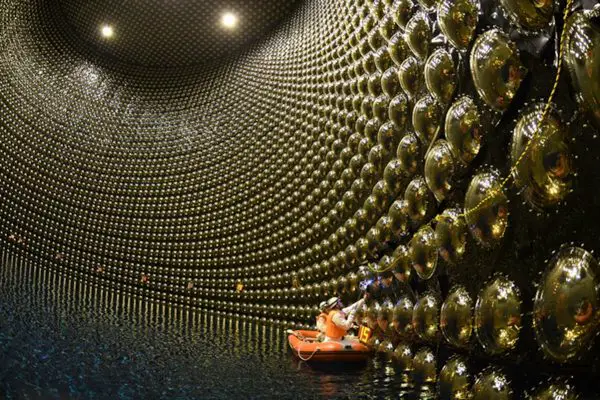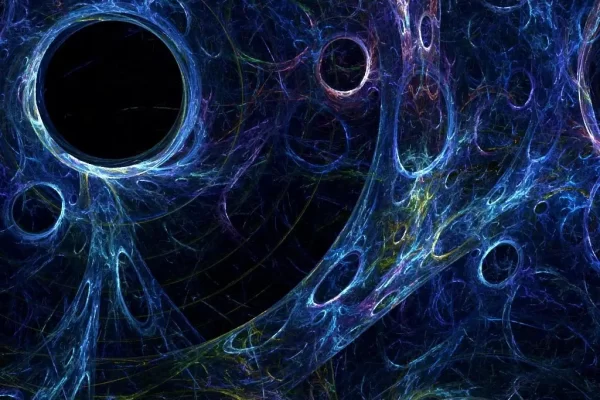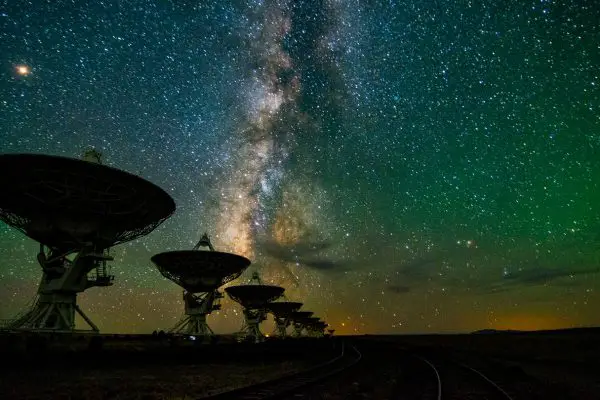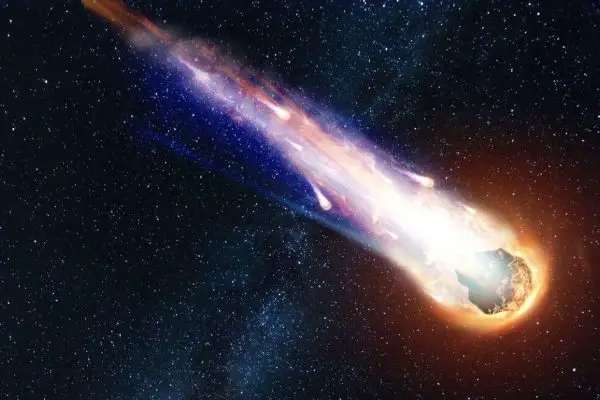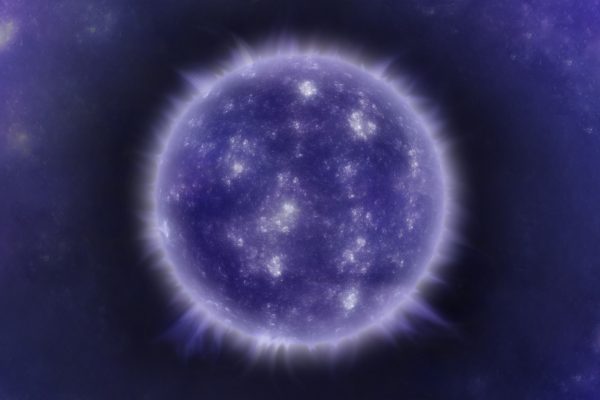
The James Webb May Have Spotted Supermassive Dark Stars
Dark stars could be up to 10 billion times as bright as the Sun, outshining entire galaxies. Key Takeaways: The James Webb Space Telescope (Webb) may have identified the first-ever supermassive dark stars, a type of celestial body powered by dark matter. If confirmed, dark stars could explain anomalies in early galaxy formation and challenge…
